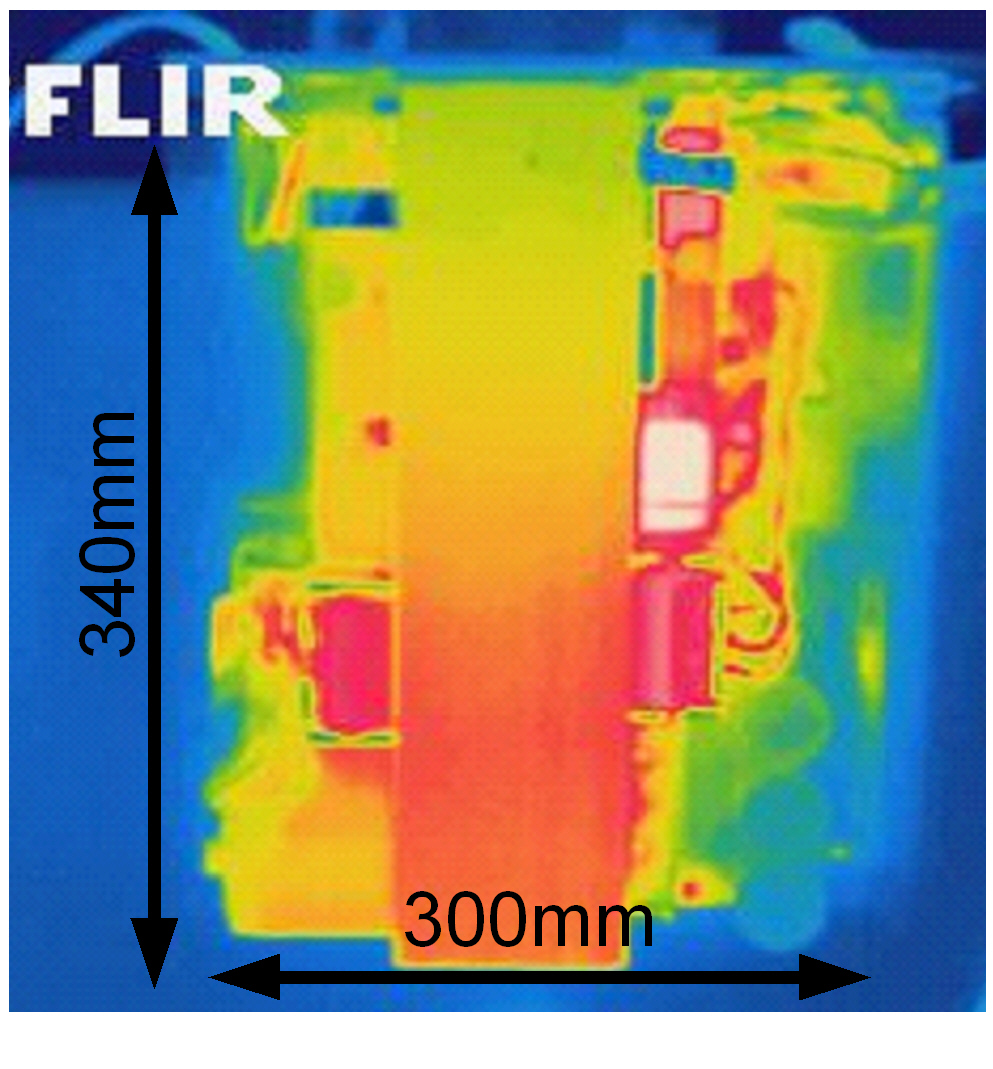| Duration: | September 2008 - December 2009 |
| Contracting Authority/ Sponsors: | German Federal Ministry for the Environment, Nature Conservation and Nuclear Safety (BMU) |
| Project Partners: | E.ON SE, Volkswagen AG, Fraunhofer Institute for System and Innovation Research ISI, Institute for Industrial Production (iip) at the TU Karlsruhe, TUM Technischen Universität München, RWTH Aachen University |
BMU Flottenversuch Elektromobilität – Bi-Directional Charging Units for Electric Vehicles


We are developing bi-directional charging units which are able to charge batteries and to feed electricity into the grid when required. The background is the increase in electricity generated from regenerative energy sources, in which fluctuating generation is confronted with a load which also fluctuates. As it will not be possible to control the future electricity grid without integrating further storage capacity, electric vehicles with their storage batteries will contribute significantly toward grid stabilisation.
Bi-directional charging units are being developed at Fraunhofer ISE in co-operation with industrial partners. Up to now, charging units have been designed for energy flow in a single direction. This means that only demand-side management is possible, i.e. time-shifting the consumed power. However, if the charging units are to support the grid actively by storing energy temporarily or providing grid services such as supplying reactive power, the charging unit must be able to control energy flows in two directions. A bidirectional, single-phase charging unit with 3.3 kW power was developed at Fraunhofer ISE as part of a fleet test of electric vehicles.
The vehicle manufacturers demand galvanic separation between the grid and the battery. This is implemented in the charging unit by a high-frequency (HF) transformer. The use of high switching frequencies results in a compact configuration for the entire unit. Despite the three-stage converter topology and the use of a transformer which increases the switching losses, a maximal efficiency value of > 93 % was achieved.
The aim of future work is to increase the power density while simultaneously raising the efficiency value. A trend toward higher charging power is foreseeable, which will allow the batteries to be recharged more quickly in future and thus make the electric vehicle more attractive for potential users. To achieve this, we are developing three-phase converter concepts. Experience from power electronics in the photovoltaic sector at Fraunhofer ISE can be transferred to electromobility and bring decisive advantages concerning questions of efficiency and grid integration.